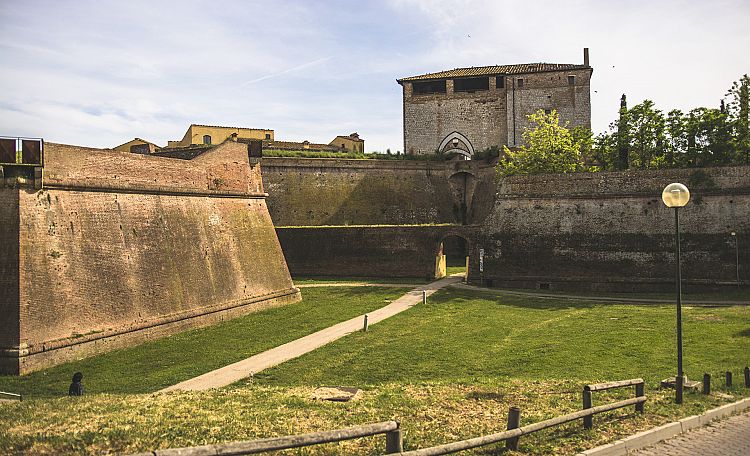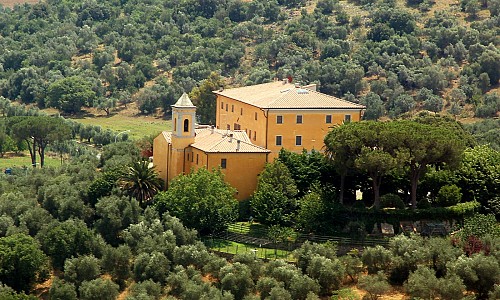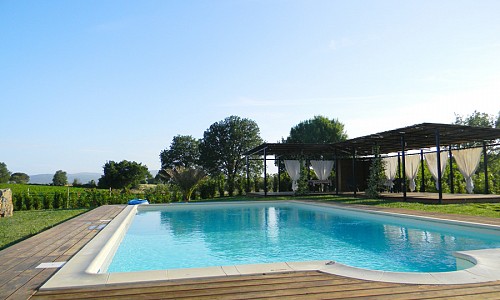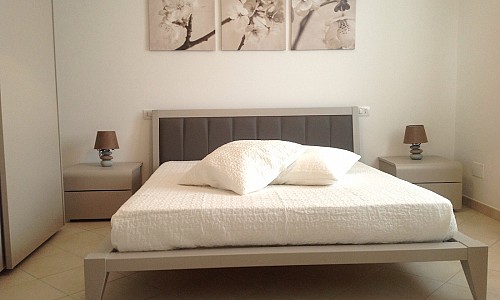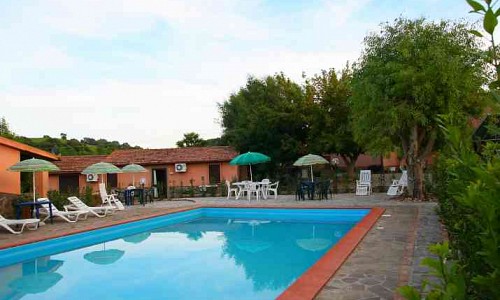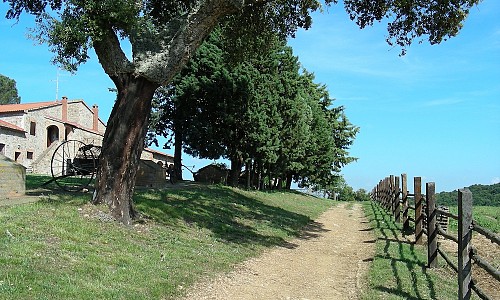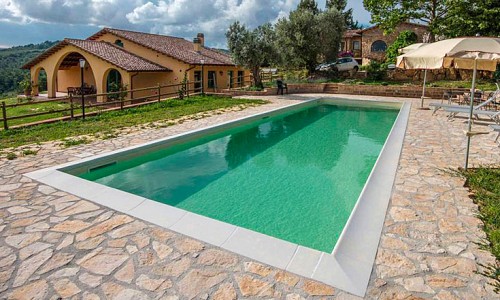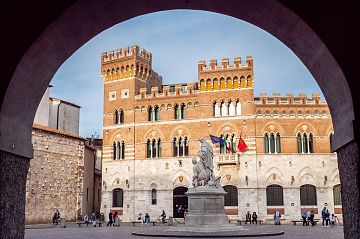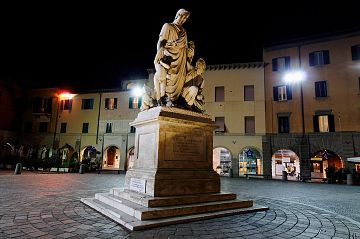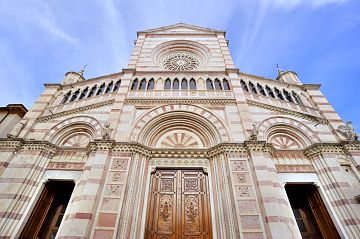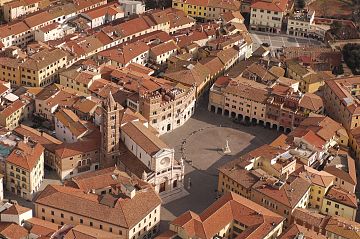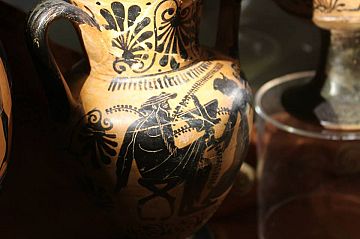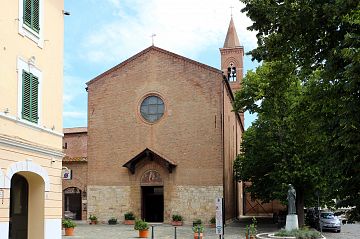The Medici Walls of Grosseto
- Category Art History and Culture
Agriturismo - Where to stay overnight
The Medici walls (late 16th century) are the major monument of the city and enclose the historic center. They can be visited on foot, from the inside, by going up the embankment and the ramparts: the circuit is interrupted only at Corso Carducci (Porta Nuova) and at Via Amiata. From the outside, however, you can better appreciate the general structure of the walls and the functioning of the 'war machine'. Grosseto has had various city walls. The oldest of which the remains can be recognized is the Sienese one built between 1337 and 1350. In addition to Porta Vecchia and the few adjacent remains, the Cassero with the Porta di Santa Lucia can be referred to this fortification. incorporated in the bastion of the Medici Fortress. Completely lost is the Porta San Pietro which, although walled up,
it was included in the Medici Walls in the section that no longer exists, known as Porta Nuova. It is not known where Porta San Michele was, which must have risen on the west side of the historic center near the Molino a Vento bastion, which originally kept its name. Archival documentation testifies that the Sienese walls were restored in 1441 and transformed, perhaps radically, in 1552, just before the "war of Siena" which ended in 1555 with the victory of Florence. The hexagonal Medici enclosure had six arrow-shaped bastions at the corners, with openings in the sides (the "troniere" or gunboats) for the grazing firing of the artillery pieces, above which there were open-air positions for the cannons (the "low squares ").
The walls were surrounded by a navigable ditch in communication with other canals, which at the time were important for communications. A single door gave access to the city: the fourteenth-century Porta Cittadina, renamed Porta Reale or Porta Marina (today Porta Vecchia) included in the new walls. The construction of the walls began in 1565 and ended in 1593. Starting from Porta Vecchia, in a clockwise direction you can see the Bastione dell’Oriuolo (now della Cavallerizza); the next of San Michele (today of the Molino a Vento); then the Bastione delle Monache (now Garibaldi) and that of San Francesco (now Parco della Rimembranza); the Fortress and finally the Bastione delle Palle (today del Maiano).

